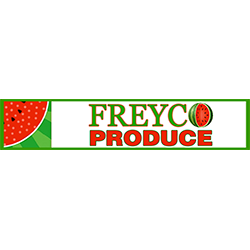With its new format, Amazon will pursue mainstream shoppers rather than ones who frequent stores like this Whole Foods Market in San Francisco. (Photo by Ashley Nickle)
Bill Bishop, chief architect of retail consulting firm Brick Meets Click, provided some insight on creative ways Amazon could achieve the scale it needs without acquiring regional grocers. That approach could be difficult because the stores will likely be unique enough that significant retrofitting would need to be done if Amazon took over an existing chain.
Certainly Amazon has enough money that it could simply build 100-150 stores per year, but Bishop does not expect that to happen.
Another way to grow would be to find retail partners, like Kroger has done with Walgreens.
One more element to consider, Bishop said, is that the stores that Amazon creates could be significantly more efficient than traditional stores because of the technology they may use.
Amazon could develop stores with increased sales capacity by reducing labor and space through automation of the handling of packaged products, Bishop said.
He also noted that Amazon could leverage innovation in distribution. Stores are the size they are now because they need capacity for the amount of product that comes in a case, but Amazon could add locations where cases are broken down and then could stock stores based on demand rather than the size of the container in which products are shipped.
Retailers have been working on these kinds of advances for years.
“This is not sci-fi,” Bishop said.
To prepare for Amazon's new format, retailers should begin looking for ways to reduce costs.
While price matching won't be feasible — “that would just be a bloodbath,” Bishop said — retailers should use loyalty data to make controlled price adjustments.
He doesn't expect Amazon will be a huge factor in the grocery landscape in the next year or two, but it will be a different story in 5-10 years.
“This is going to be a major disruption,” Bishop said.





















